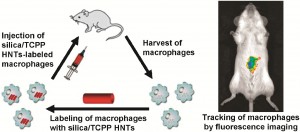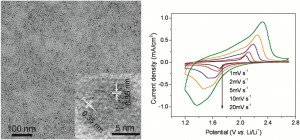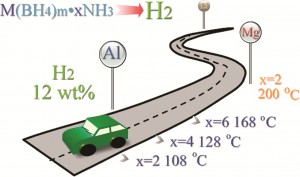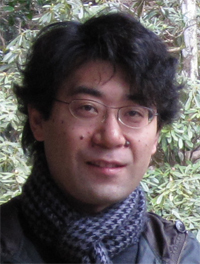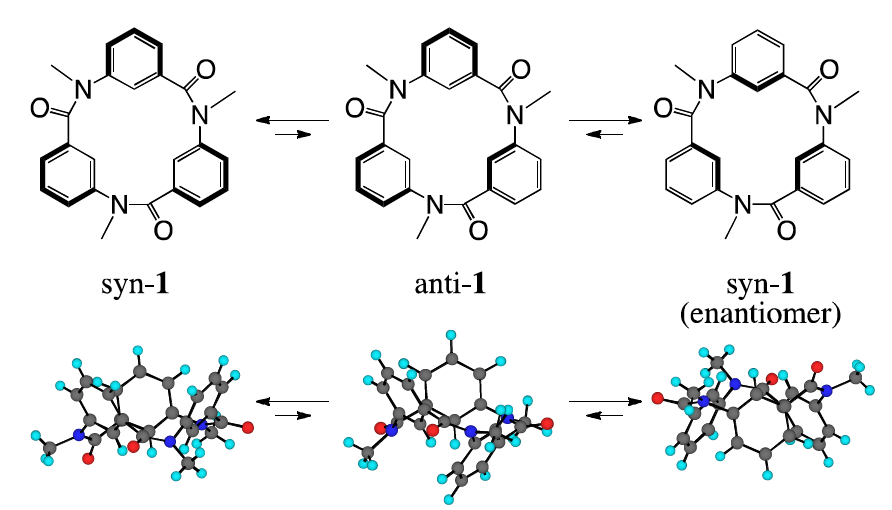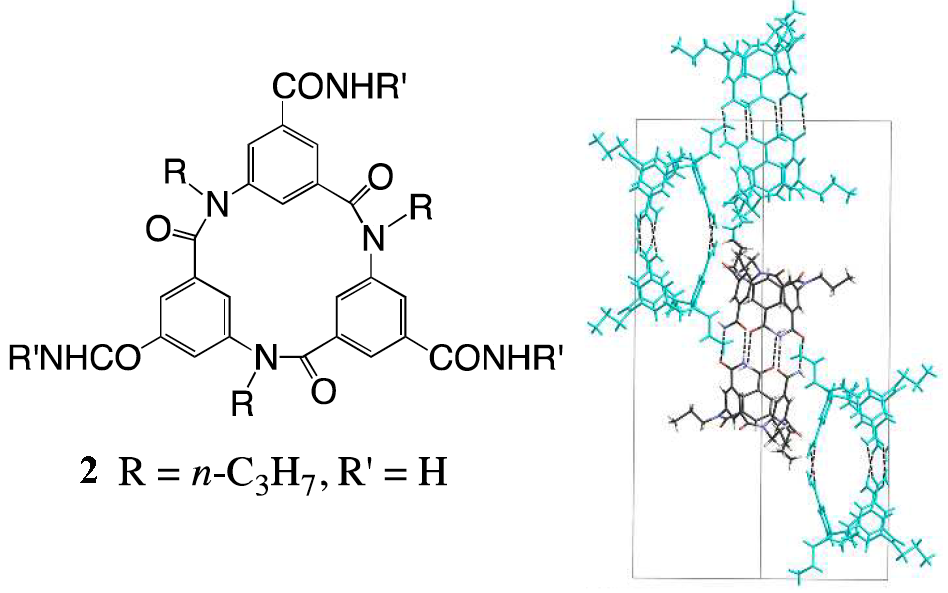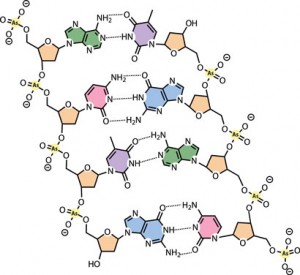This month sees the following articles in ChemComm that are in the top ten most accessed:-
Transition metal catalysis and nucleophilic fluorination
Charlotte Hollingworth and Véronique Gouverneur
Chem. Commun., 2012, 48, 2929-2942, DOI: 10.1039/C2CC16158C
Use of dimethyl carbonate as a solvent greatly enhances the biaryl coupling of aryl iodides and organoboron reagents without adding any transition metal catalysts
Kiyofumi Inamoto, Chisa Hasegawa, Kou Hiroya, Yoshinori Kondo, Takao Osako, Yasuhiro Uozumi and Takayuki Doi
Chem. Commun., 2012, 48, 2912-2914, DOI: 10.1039/C2CC17401D
Pd-catalysed synthesis of isoquinolinones and analogues via C-H and N-H bonds double activation
Hongban Zhong, Dan Yang, Songqing Wang and Jianhui Huang
Chem. Commun., 2012, 48, 3236-3238, DOI: 10.1039/C2CC17859A
Photoisomerization locking of azobenzene by formation of a self-assembled macrocycle
Masaki Yamamura, Yuki Okazaki and Tatsuya Nabeshima
Chem. Commun., 2012, Advance Article, DOI: 10.1039/C2CC18014F
Highly selective red- and green-emitting two-photon fluorescent probes for cysteine detection and their bio-imaging in living cells
Zhiguang Yang, Ning Zhao, Yuming Sun, Fang Miao, Yong Liu, Xin Liu, Yuanhong Zhang, Wentao Ai, Guofen Song, Xiaoyuan Shen, Xiaoqiang Yu, Jingzhi Sun and Wai-Yeung Wong
Chem. Commun., 2012, 48, 3442-3444, DOI: 10.1039/C2CC00093H
A reversible near-infrared fluorescence probe for reactive oxygen species based on Te-rhodamine
Yuichiro Koide, Mitsuyasu Kawaguchi, Yasuteru Urano, Kenjiro Hanaoka, Toru Komatsu, Masahiro Abo, Takuya Terai and Tetsuo Nagano
Chem. Commun., 2012, 48, 3091-3093, DOI: 10.1039/C2CC18011A
A supramolecular hydrogel containing boronic acid-appended receptor for fluorocolorimetric sensing of polyols with a paper platform
Masato Ikeda, Keisuke Fukuda, Tatsuya Tanida, Tatsuyuki Yoshii and Itaru Hamachi
Chem. Commun., 2012, 48, 2716-2718, DOI: 10.1039/C2CC17503G
N-Heterocyclic carbene chemistry of iron: fundamentals and applications
Michael J. Ingleson and Richard A. Layfield
Chem. Commun., 2012, 48, 3579-3589, DOI: 10.1039/C2CC18021A
Reversible formal insertion of CO2 into a remote C-H bond of a ligand in a Ru(ii) complex at room temperature
Vincent T. Annibale and Datong Song
Chem. Commun., 2012, Advance Article, DOI: 10.1039/C2CC17933D
A turn-on two-photon fluorescent probe for ATP and ADP
Alla Sreenivasa Rao, Dokyoung Kim, Hyoseok Nam, Hunho Jo, Ki Hean Kim, Changill Ban and Kyo Han Ahn
Chem. Commun., 2012, 48, 3206-3208, DOI: 10.1039/C2CC17629G
Why not take a look at the articles today and blog your thoughts and comments below.
Fancy submitting an article to ChemComm? Then why not submit to us today or alternatively contact us with your suggestions.











